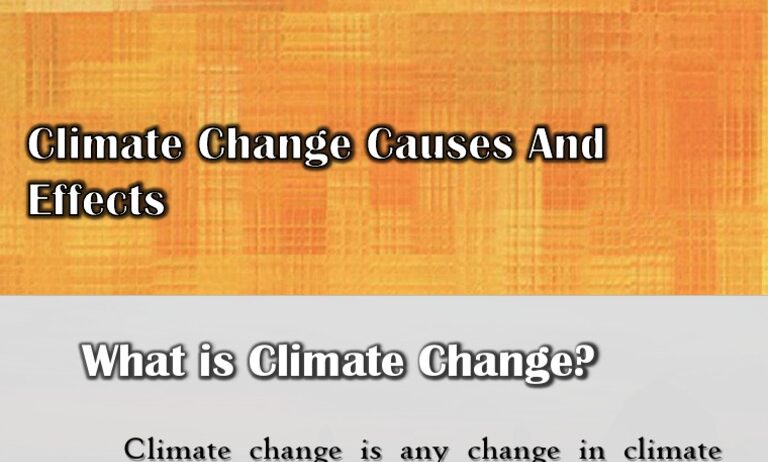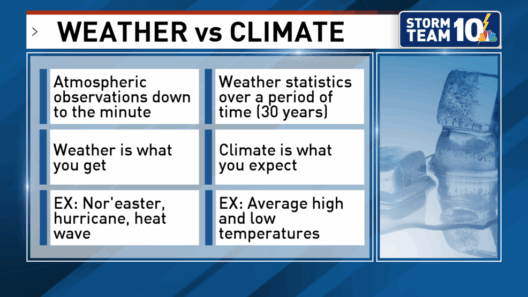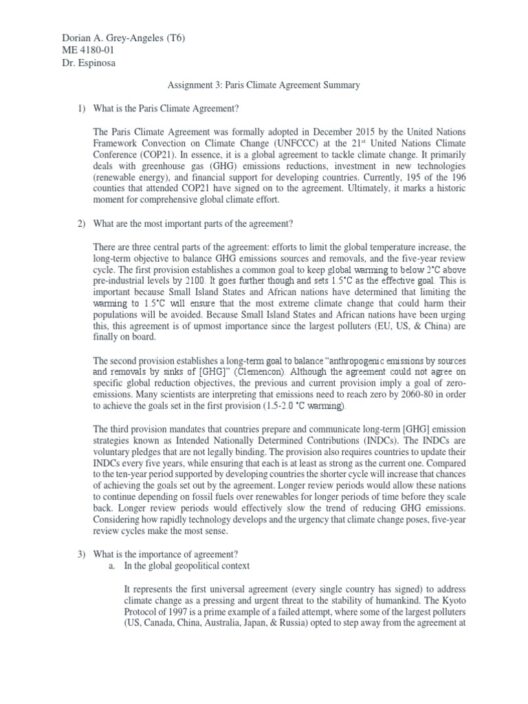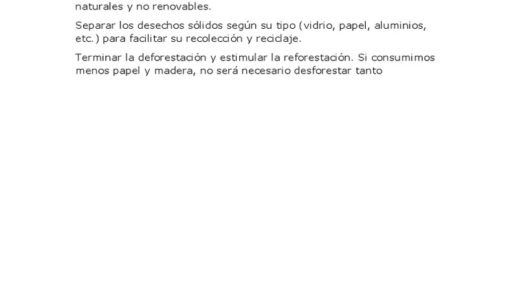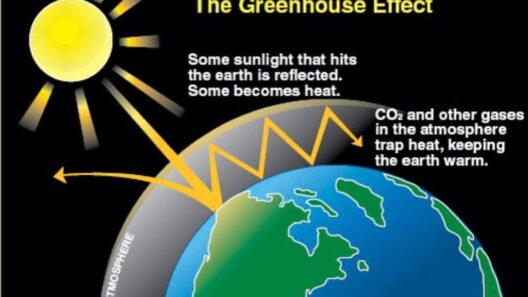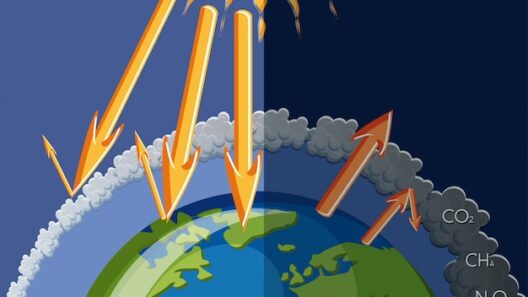The phenomenon of the greenhouse effect is often described as the warming blanket surrounding our planet, but what precisely lays the foundation for its existence? Understanding the root causes of climate change is essential for comprehending the wider implications of this critical environmental issue. In the quest for answers, one may be inclined to ask: What if we could pinpoint the culprits of greenhouse gas emissions? Would this knowledge empower us to counteract their effects effectively?
As we delve into the causes of the greenhouse effect, we will explore various facets, from natural processes to human activities. This exploration reveals a complex tapestry woven from both intrinsic and extrinsic factors that contribute to our current climate crisis.
The Fundamentals of the Greenhouse Effect
The greenhouse effect is a natural process that warms the Earth’s surface. Sunlight reaches the Earth’s atmosphere – some of it is reflected back to space and the rest is absorbed and re-radiated by greenhouse gases. This is where the story becomes intricate. Without this natural phenomenon, our planet would be inhospitable, with an average temperature well below freezing. However, an imbalance creates an alarming scenario where heat is trapped too efficiently, which leads to a cascade of climatic repercussions.
Key Players: The Greenhouse Gases
The primary suspects in this climatic alteration are greenhouse gases, primarily carbon dioxide (CO2), methane (CH4), nitrous oxide (N2O), and fluorinated gases. Each of these gases plays a unique role in the greenhouse effect, contributing differently to global warming.
Carbon dioxide, the most prevalent greenhouse gas, is a direct result of fossil fuel combustion, deforestation, and other human activities. The burning of coal, oil, and natural gas for energy releases vast quantities of CO2, which accumulates in the atmosphere and disrupts the natural carbon cycle.
Methane, while less abundant, carries a significantly higher heat-trapping potential—about 25 times greater than CO2 over a 100-year period. It is primarily released during the production and transport of coal, oil, and natural gas, as well as from livestock and other agricultural practices.
Nitrous oxide, emitted from agricultural and industrial activities, as well as during combustion of fossil fuels and solid waste, is another potent greenhouse gas that contributes to the warming effect. Though present in smaller quantities, its impact on global temperatures is substantial and enduring.
Finally, fluorinated gases, which include a variety of industrial chemicals, are released during various industrial processes. While they are less common, they are some of the most powerful greenhouse gases available today, with a greenhouse effect many times stronger than CO2.
Human Influence: The Catalyst of Climate Change
The anthropogenic factors leading to the increase of greenhouse gases are profound. Industrialization has been at the epicenter of this shift, propelling a society dependent on the combustion of fossil fuels. The energy demands of modern civilization come at a steep price—namely, the unchecked release of greenhouse gases into the atmosphere.
Deforestation serves as another cardinal sin against the environment. Trees and forests act as carbon sinks, absorbing CO2 and mitigating climate change. However, as human populations expand, forests are cleared for agricultural lands, urban development, and logging, resulting in a double blow: the release of stored carbon and the diminished capacity of the planet to absorb future emissions.
The Role of Agriculture: A Double-Edged Sword
Agriculture, while essential for sustaining human life, is both a contributor and a victim of climate change. Fertilizers, livestock, and land-use changes all play a role in increasing greenhouse gas concentrations. Fertilizers can release nitrous oxide, while livestock such as cattle produce methane. Additionally, the expansion of agricultural land often leads to deforestation and loss of biodiversity. To further complicate matters, climate change itself poses significant challenges to agriculture, creating a vicious cycle of turmoil.
Global Population Growth: The Pressure Cooker
The widening population further exacerbates greenhouse gas emissions. With an ever-increasing number of humans reliant on energy, food, and resources, the demand for fossil fuels and land continues to rise. This burgeoning population heightens the demand for agriculture, energy production, and transportation, perpetuating the reliance on single-use plastics and non-renewable resources. As the population expands, so too does the infrastructure needed to sustain it, which often leads to the additional clearing of natural habitats and increased energy consumption.
Conclusion: The Path Forward
Understanding the root causes of the greenhouse effect is paramount for devising effective strategies to mitigate climate change. While the complexity of these causes may seem overwhelming, the knowledge that human activities are at the forefront of this issue is empowering. It challenges us to rethink our lifestyles and energy consumption, to become advocates for greener alternatives and sustainable practices. Engaging with this challenge not only allows us to confront the current crisis but also to cultivate hope for future generations.
As we collectively strive for change, one must ponder: can we transform our understanding of the greenhouse effect into action? With commitment, innovative solutions, and awareness, we can combat climate change and usher in a more sustainable era for our planet.


